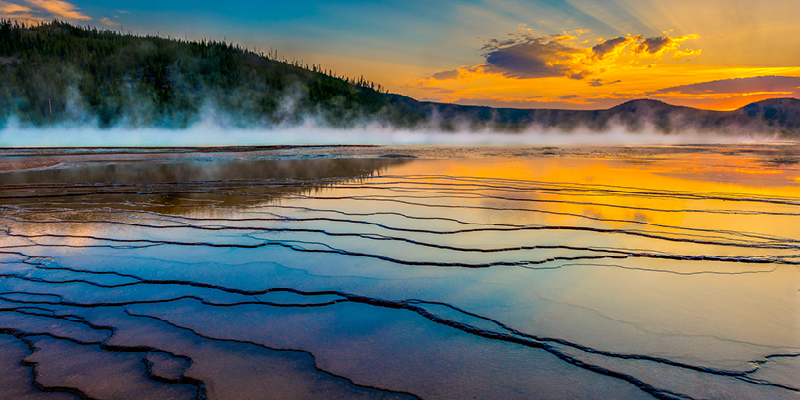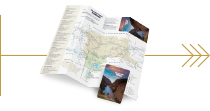Yellowstone National Park Celebrates 150 Years; Collaborations with Native Tribes Highlight Commemorative

Photo by Kevin League
America's first national park is turning 150 years old! On March 1, 1872, President Ulysses S. Grant signed the Yellowstone National Park Protection Act, setting the park aside "For the benefit and enjoyment of the people."
This commemorative year, National Park Service Officials and Native American Tribal leaders are collaborating to use the marker as an opportunity to acknowledge the rich history Native Americans have with this land and to bring their perspective, knowledge, and voice into the fold. For over 10,000 years, native tribes hunted, fished, gathered plants, quarried obsidian, and used the thermal waters for religious and medicinal purposes.
"Yellowstone's 150th anniversary is an important moment in time for the world," said Superintendent Cam Sholly. "It's an opportunity for us to reflect on the lessons of the past while focusing our efforts to strengthen Yellowstone and our many partnerships for the future. I applaud and share the vision of Secretary Haaland and Director Sams on our responsibility to more fully engage with Tribal Nations to honor and learn from their ancestral and modern connections to Yellowstone."

Photo courtesy National Park Service
Events to Commemorate 150 Years of Yellowstone National Park
On May 6, a public event celebrating the 150th Anniversary will occur at 11:00 a.m. on May 6, 2022, in the lobby of the Old Faithful Inn. Coinciding with the start of the summer season, the event will feature a Native American Art Exhibit and Marketplace throughout the weekend.
Also, at Old Faithful, Park staff are converting a structure near the Visitor Education Center into a Tribal Heritage Center where Tribal Nations can display their artwork and cultural items. And in August, multiple Tribal Nations will install a Teepee Village near Roosevelt Arch, providing them the opportunity to interface with visitors and educate them about Native culture and heritage out on the landscape.
Superintendent Sholly has assigned park resource personnel to work with tribal historians and cultural specialists to assemble an inventory of locations in oral traditions. In years to come, Mountain Time Arts will present performance and visual art installations inside Yellowstone to help the public re-imagine what Yellowstone was, is, and can still be.
Last April, Yellowstone hosted a listening session (via Zoom due to COVID concerns) with more than two dozen tribes. Sholly told the USA Today, "We're focused on really making sure we're telling these stories right, as the stewards of these parks. We're working with Tribal Nations to ask questions around, "What are we getting right? What are we getting wrong? What are we missing completely?"
Other partnerships already underway include the Bison Conservation Transfer Program and collaboration with the Native American Studies program at Salish Kootenai College, where students and professors work with the Yellowstone Archaeological team to explore the archaeological resources within the park.
Celebratory activities in person and virtually will continue to be added throughout the year, so watch the National Park Service schedule.


